Concerto for Percussion Ensemble
-
Ships in 3 to 4 weeks
Details
Description
SKU: CN.02281
Composed by David Gillingham. Arranged by Nathan Daughtrey. Score only. Duration 17:00. Published by C. Alan Publications (CN.02281).Cast in four major sections, Gillingham's "Concerto for Percussion" takes the listener on a journey through families of the percussion section - membranes, woods & metals. He takes a simple 5-note motive and transforms it into a masterful staple in the percussion ensemble repertoire.
The "Concerto for Percussion Ensemble" was commissioned by the Lancaster High School Percussion Ensemble of Lancaster, Ohio, under the direction of Bruce Gerken. It is a work of virtuosic proportions featuring three distinct categories of percussion instruments: membranes, woods, and metals. The concerto is cast in four major sections, preceded with an introduction. A five-note motive organizes the entire work. This motive, comprised of ascending perfect fourths and a descending minor third, goes through a number of metamorphic changes throughout the work, culminating with the material presented in the finale. The first movement, 'Membranes,' is primarily rhythmic and has two distinct features: 1) a quintuplet rhythmic pattern (based on the five note motivic design) and 2) the timpani utilizing the five note motive in various guises. The ensuing second movement, 'Woods,' seeks to exploit the grandeur of the mellow timbre of the marimba quartet and expands the five note motive into a beautiful theme with four variations. Other 'wooden' instruments are used to enhance the flavor of this movement. The glorious sound of 'Metals' are featured in the third movement with bells, chimes, and crotales taking the lead in presenting a joyful 'pealing' of the five note motive in various forms. The finale features the ensemble in tour de force with a spirited theme transformed from the five-note motive, still characterized by ascending fourths but with the addition of a falling fifth pattern. The theme of the second movement returns as a secondary idea followed by a grand fugue based on the theme of the finale. There is a partial recapitulation and an extended coda that drives the work to a stunning conclusion.
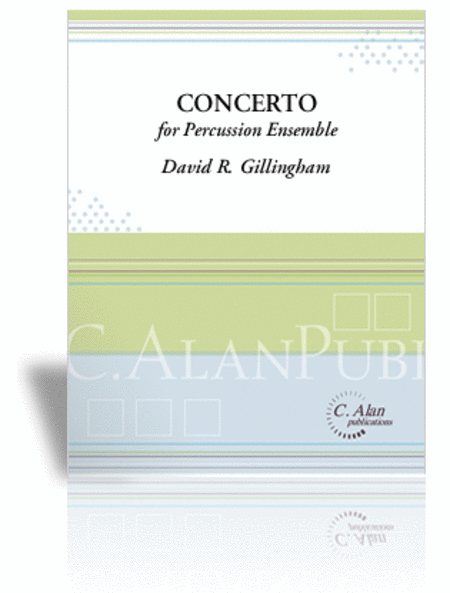
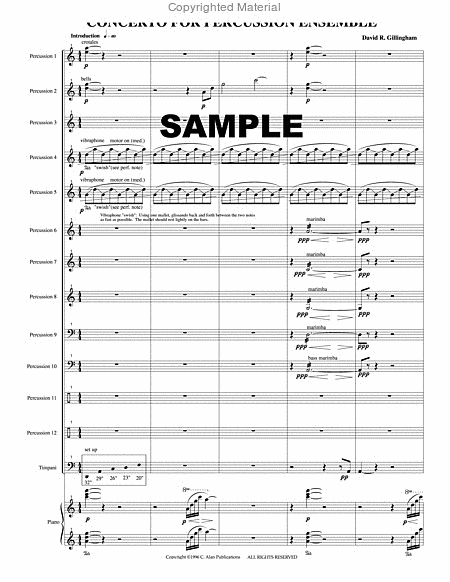
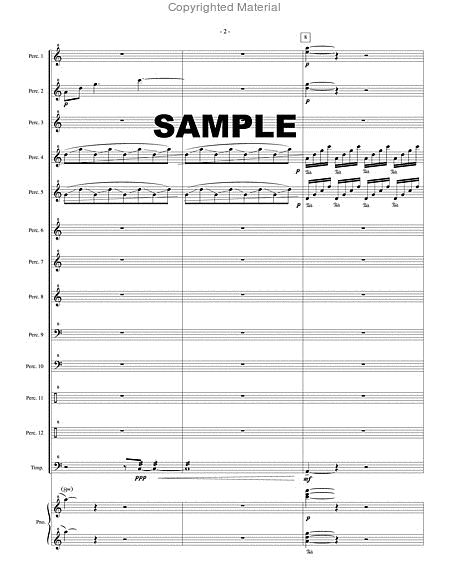
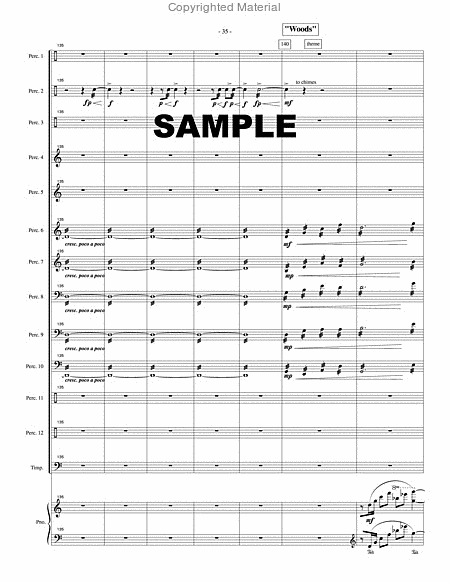
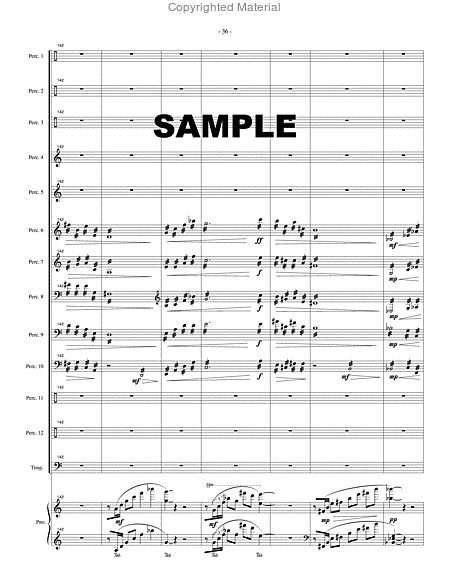
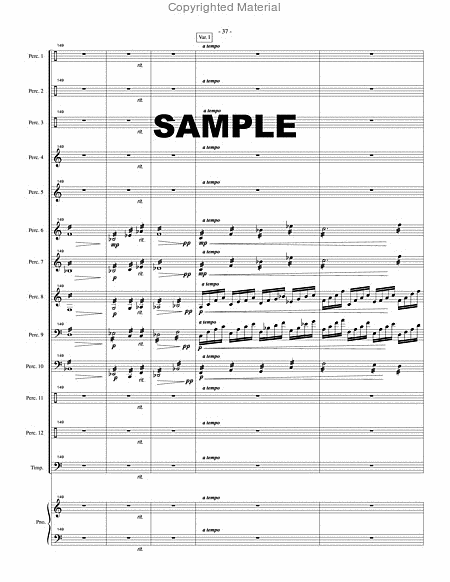
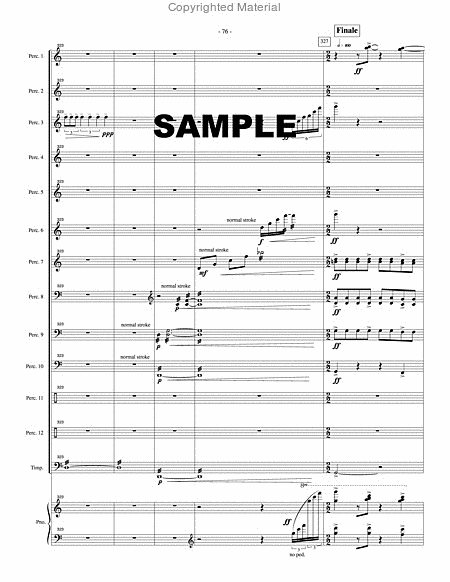
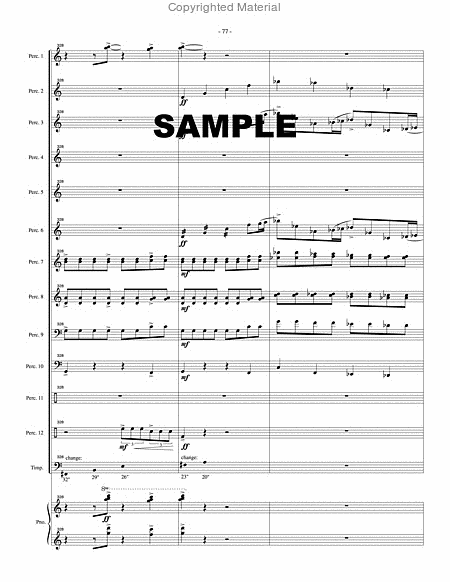
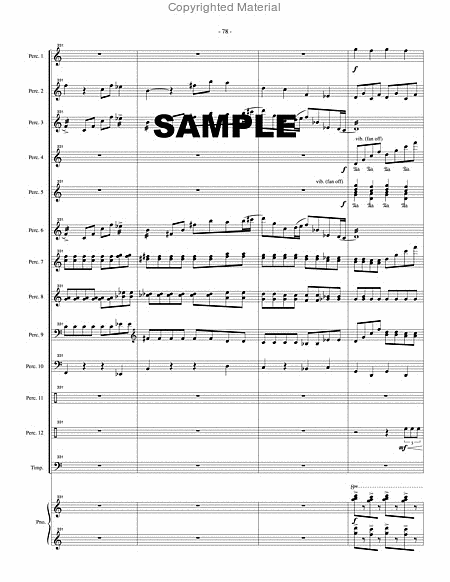
 Share
Share